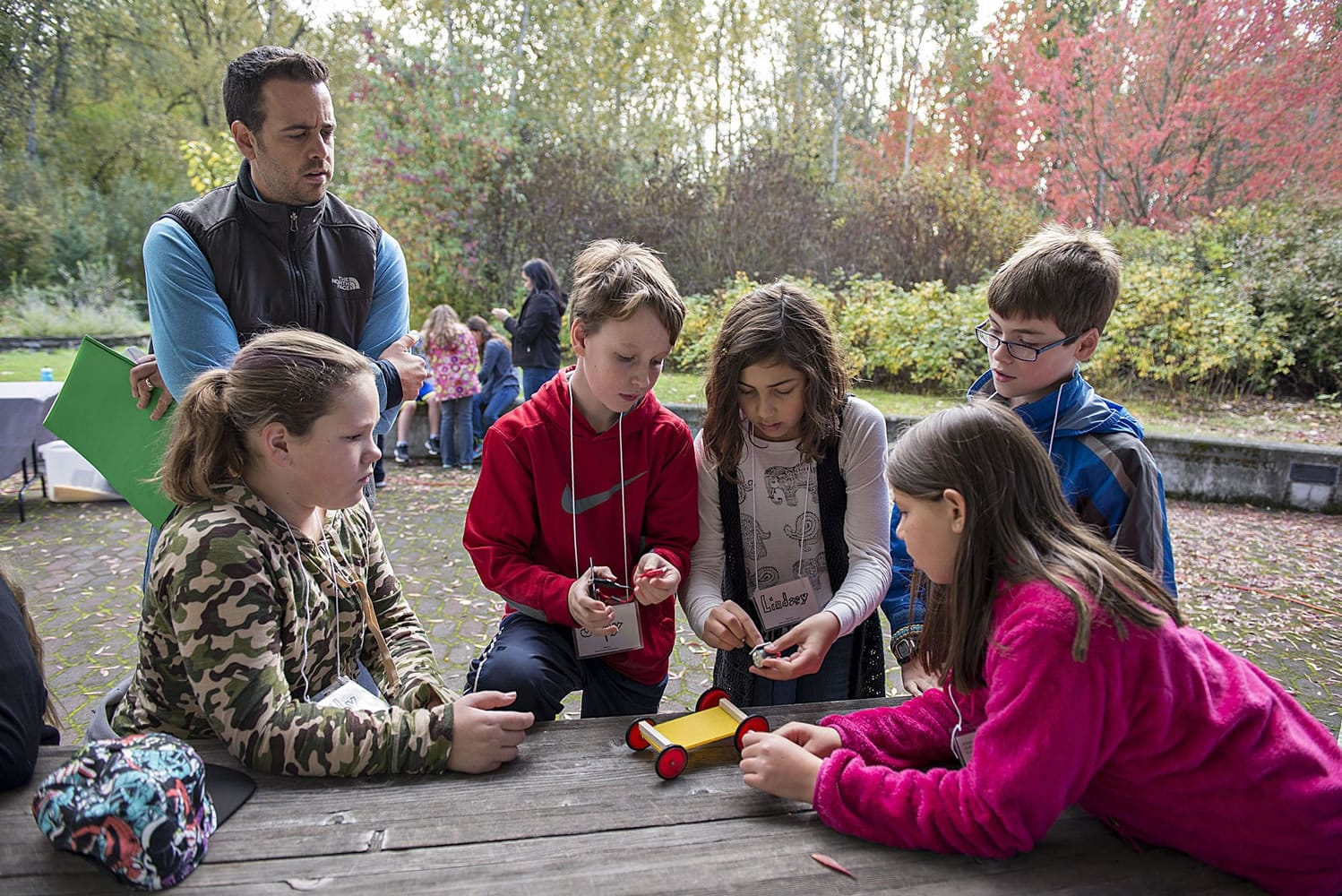We’re all wet. We mostly like it that way.
Because we’re near the left coast, we get endless baths of moist, warmish air from the Pacific Ocean. (“Marine west coast” is the name of our soggy climate zone.) We’ve got one of North America’s major rivers coursing right past our doorstep. And we’ve got big mountains that send snowmelt cascading every which way — at least during normal, non-drought years like this one is shaping up to be. (Here’s hoping many more of those are left for us.)
All of which makes the Pacific Northwest about as green and growing as any region on Earth. Visitors are stunned at the scale of the trees, the dripping moss, the flowers that get fooled into sprouting in midwinter. Newcomers with green thumbs discover how quickly modest garden projects can turn into monsters.
Contrary to what you might assume, though, Vancouver draws its excellent drinking water not from the Columbia River but an underground aquifer, which it is keen to preserve and protect. That’s why, when city leaders of two decades ago wanted to expand an existing riverside sewage treatment plant, they built public support by including, in the $40 million bond package, $3.5 million for a 16,000-square-foot educational facility — classrooms, science exhibits, a rentable main hall — focused on the wonders of water. Adding 50 acres of parks, trails, gardens and wetlands preservation to the site helped, too.
“It was a very dynamic time, a visionary time,” recalled Loretta Callahan, who watched it all happen as a reporter for The Columbian, and who is now the city’s public works spokesperson. “It’s probably not the kind of thing we’ll see again.”




